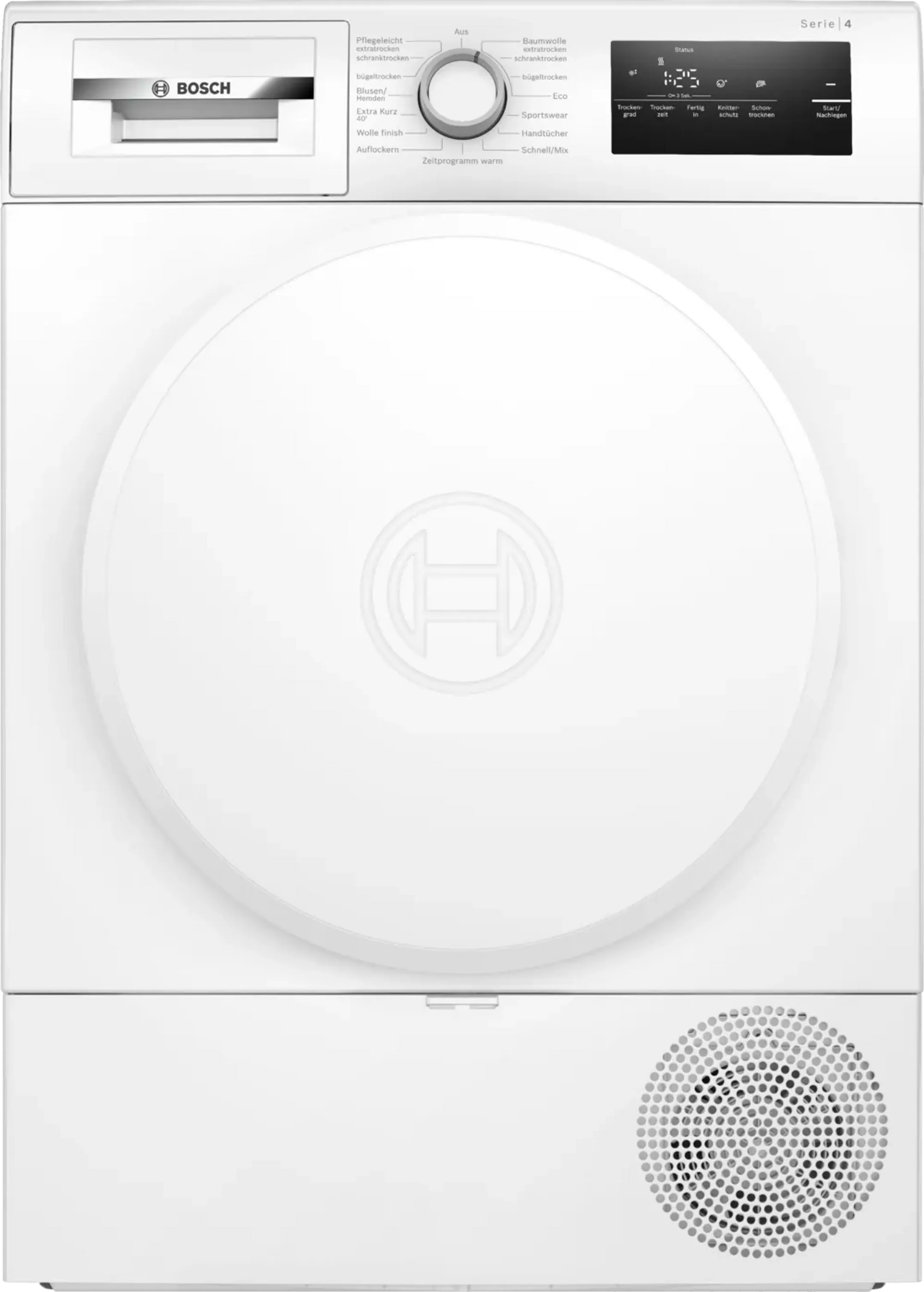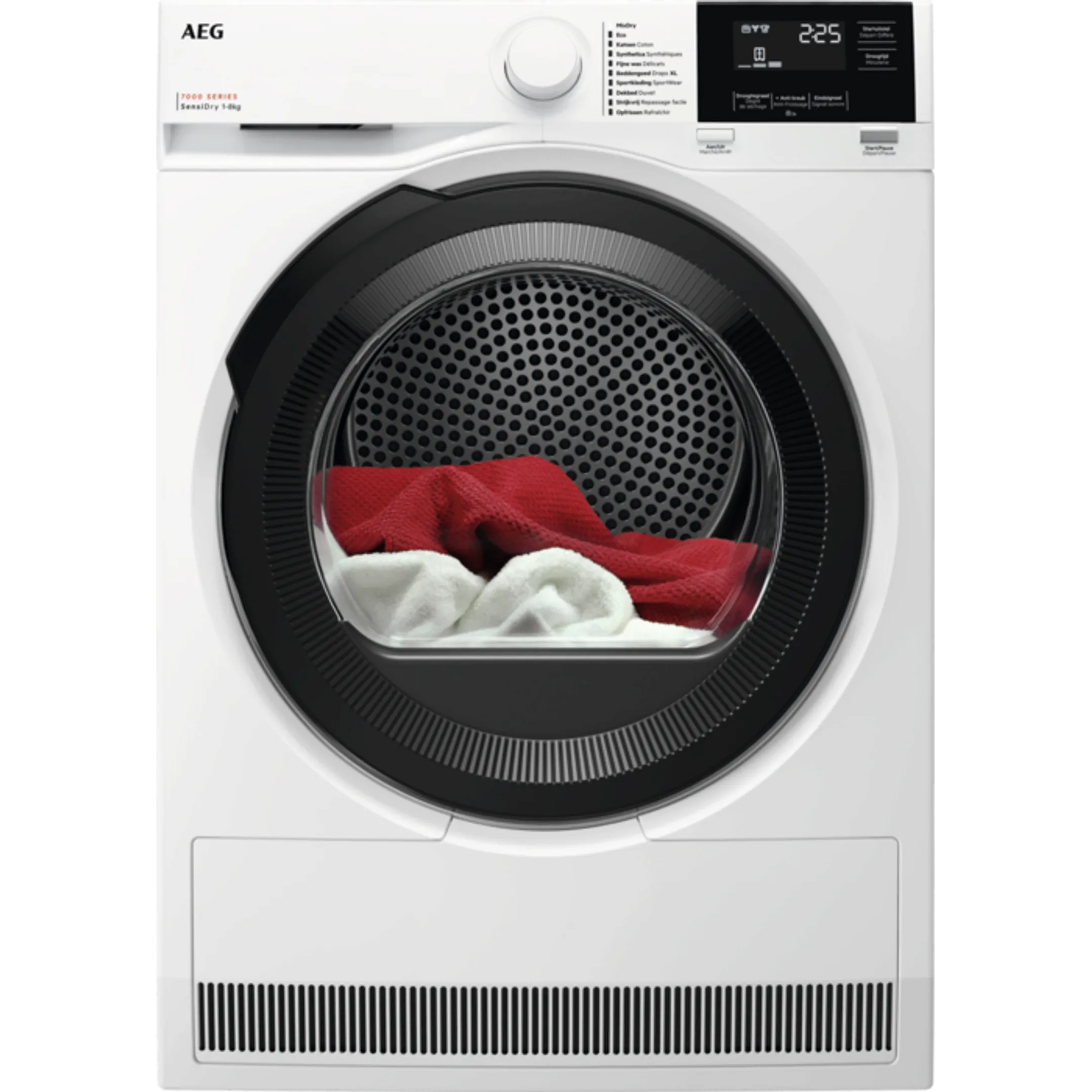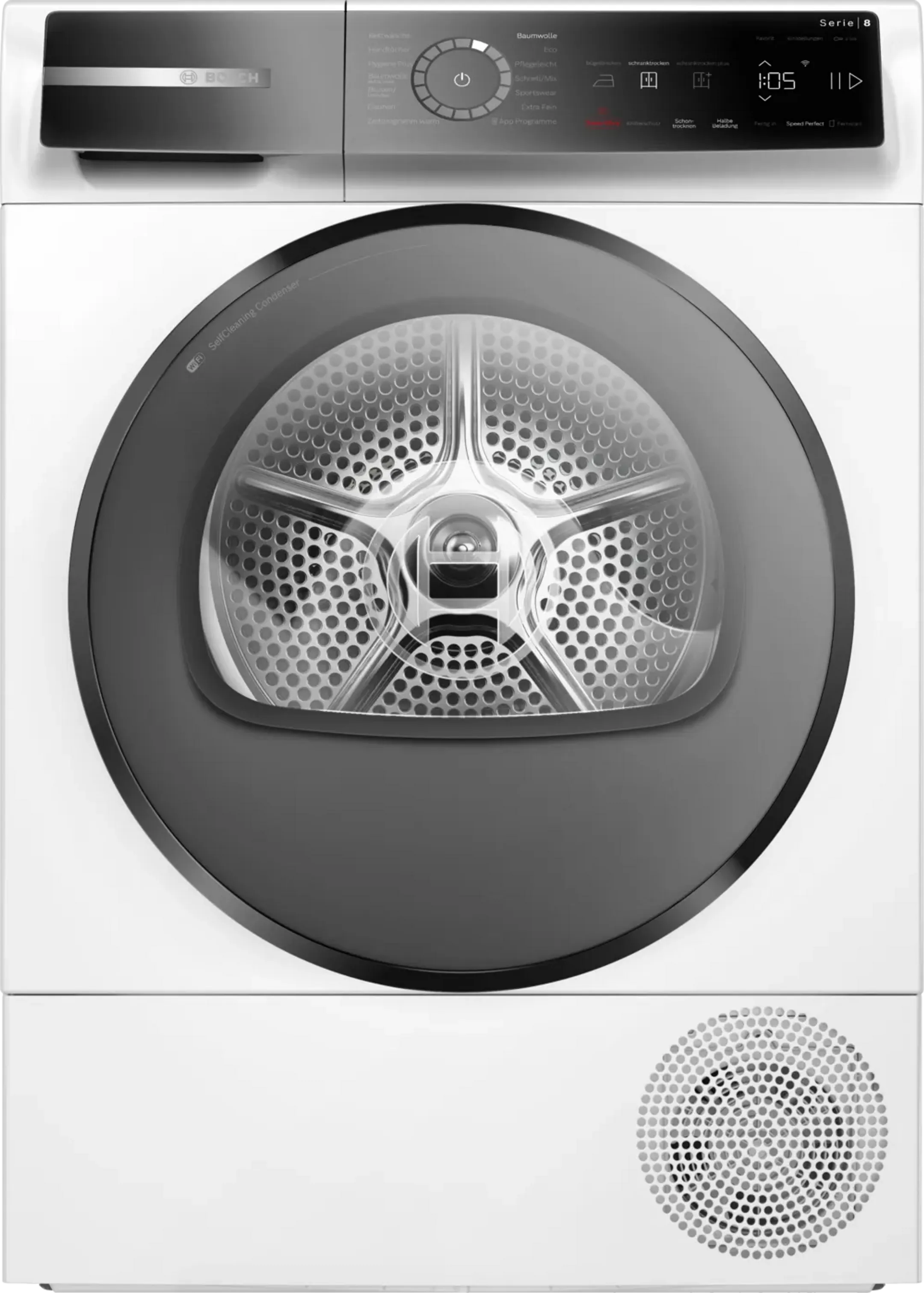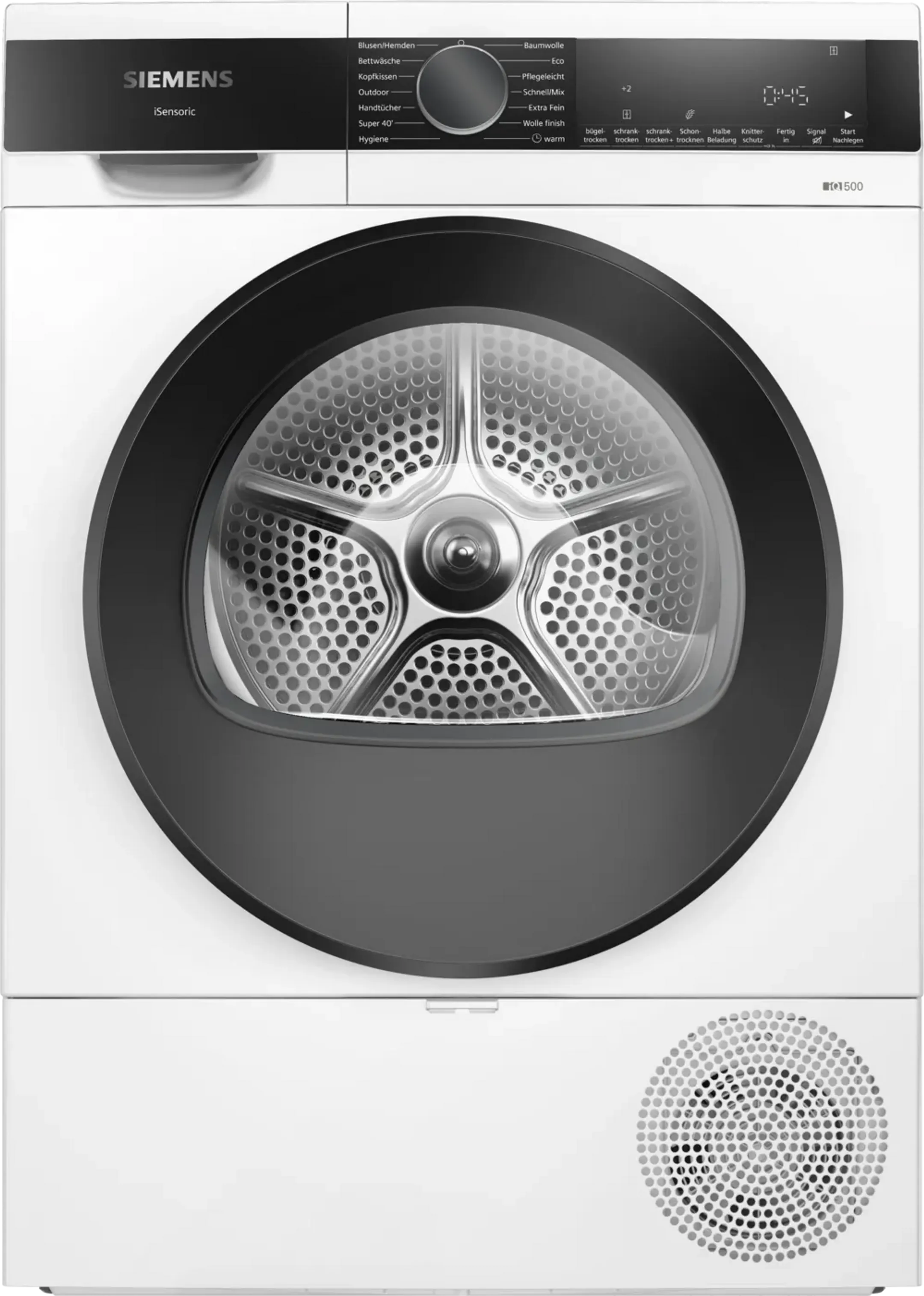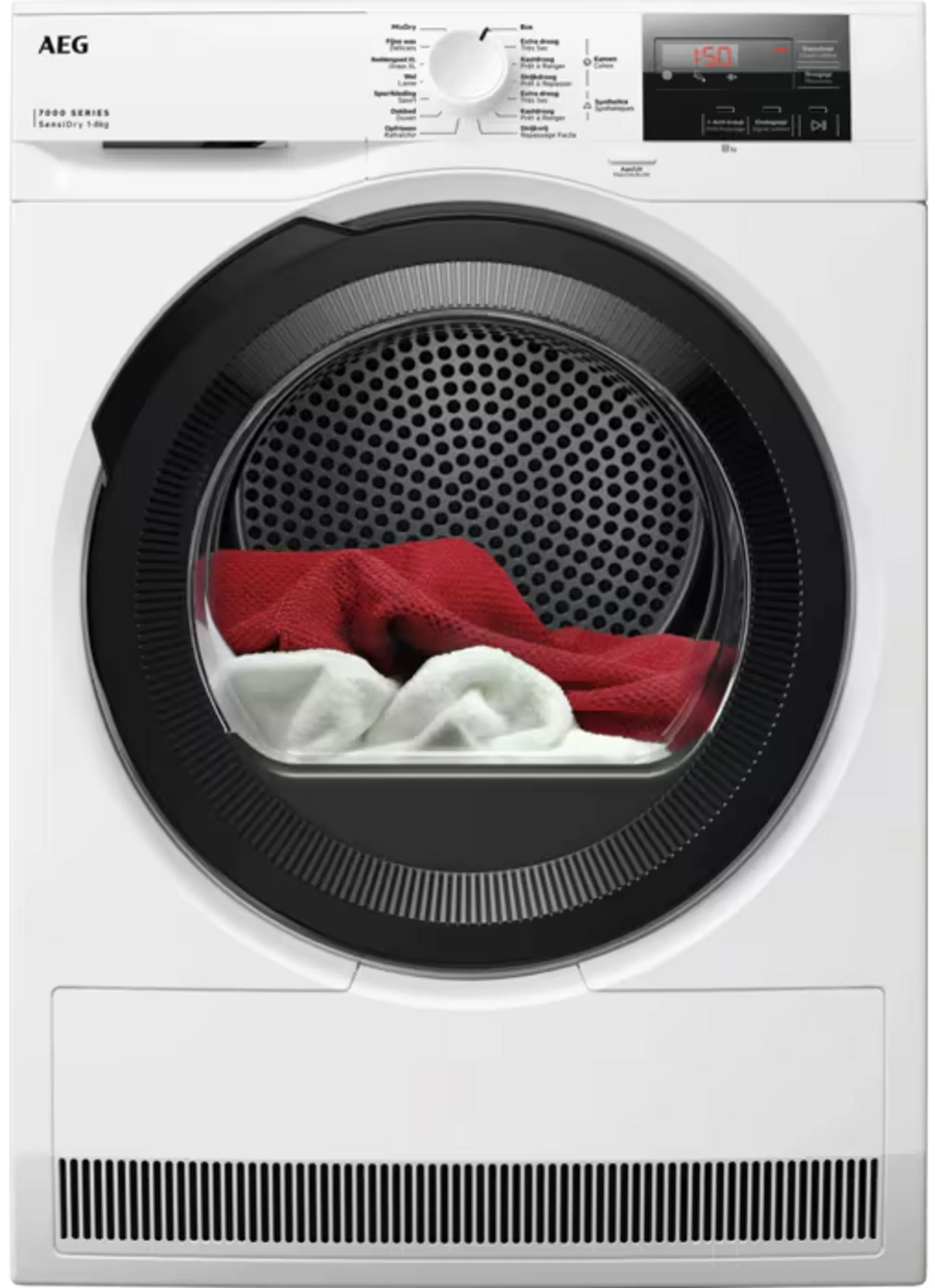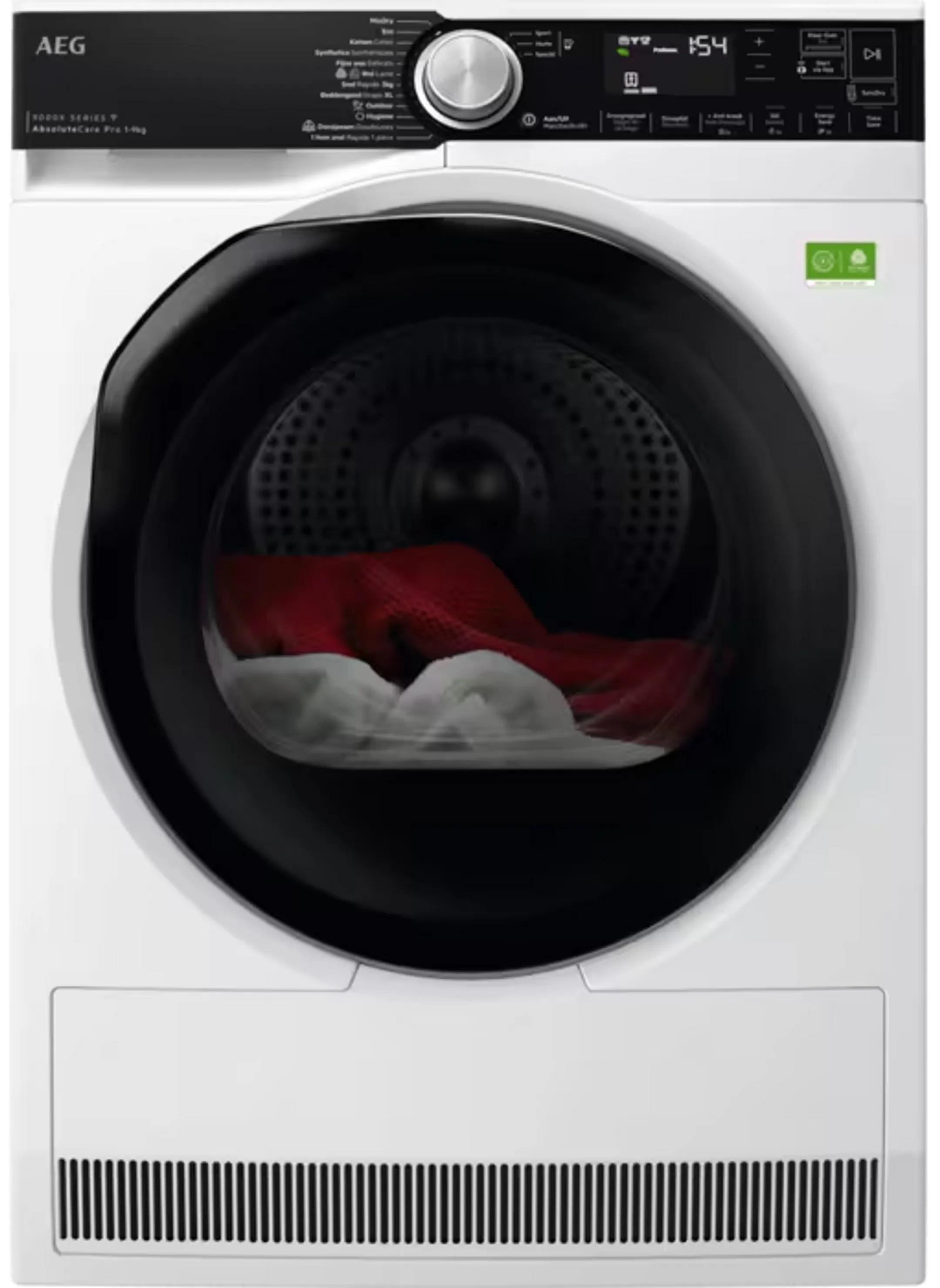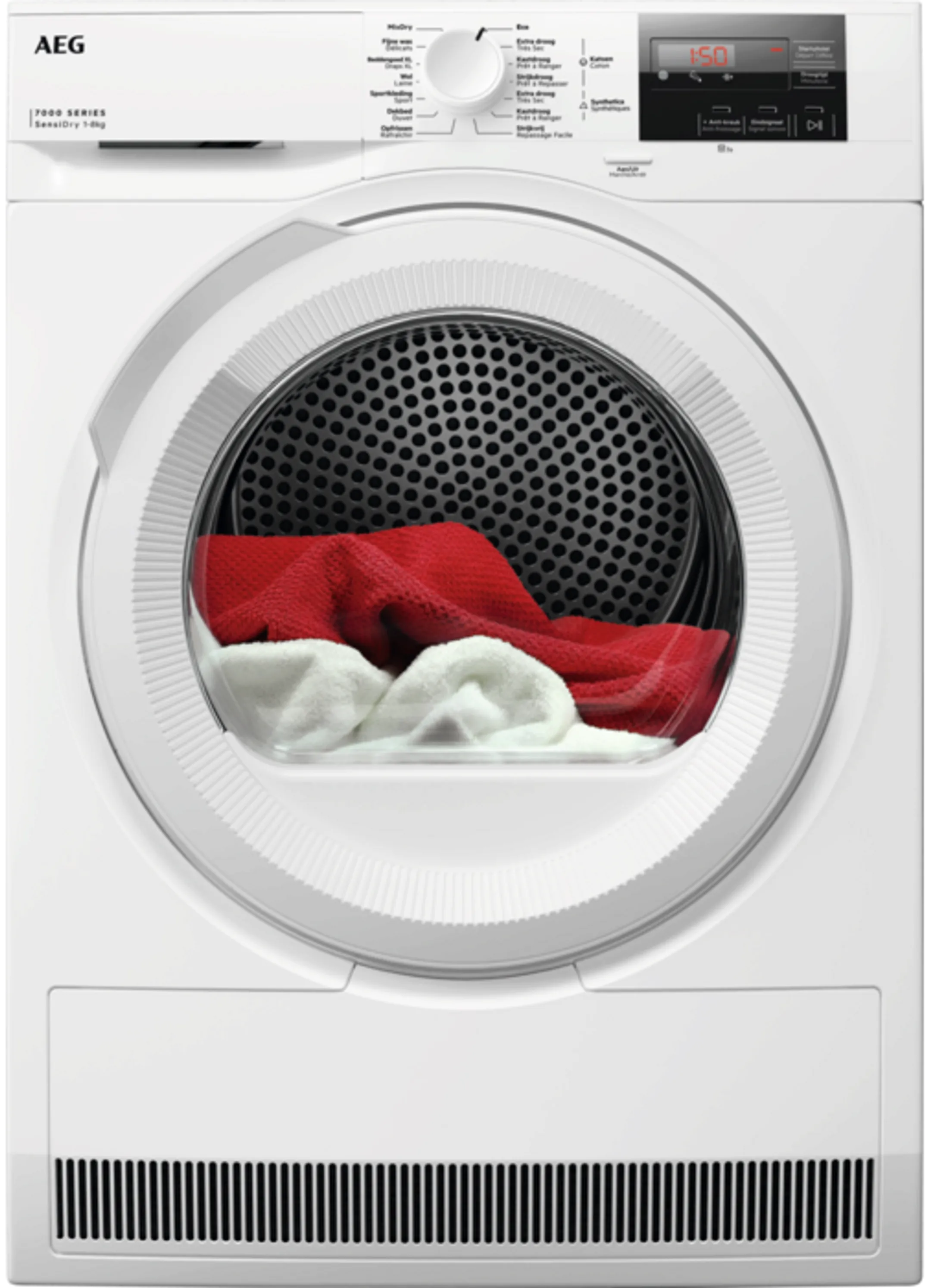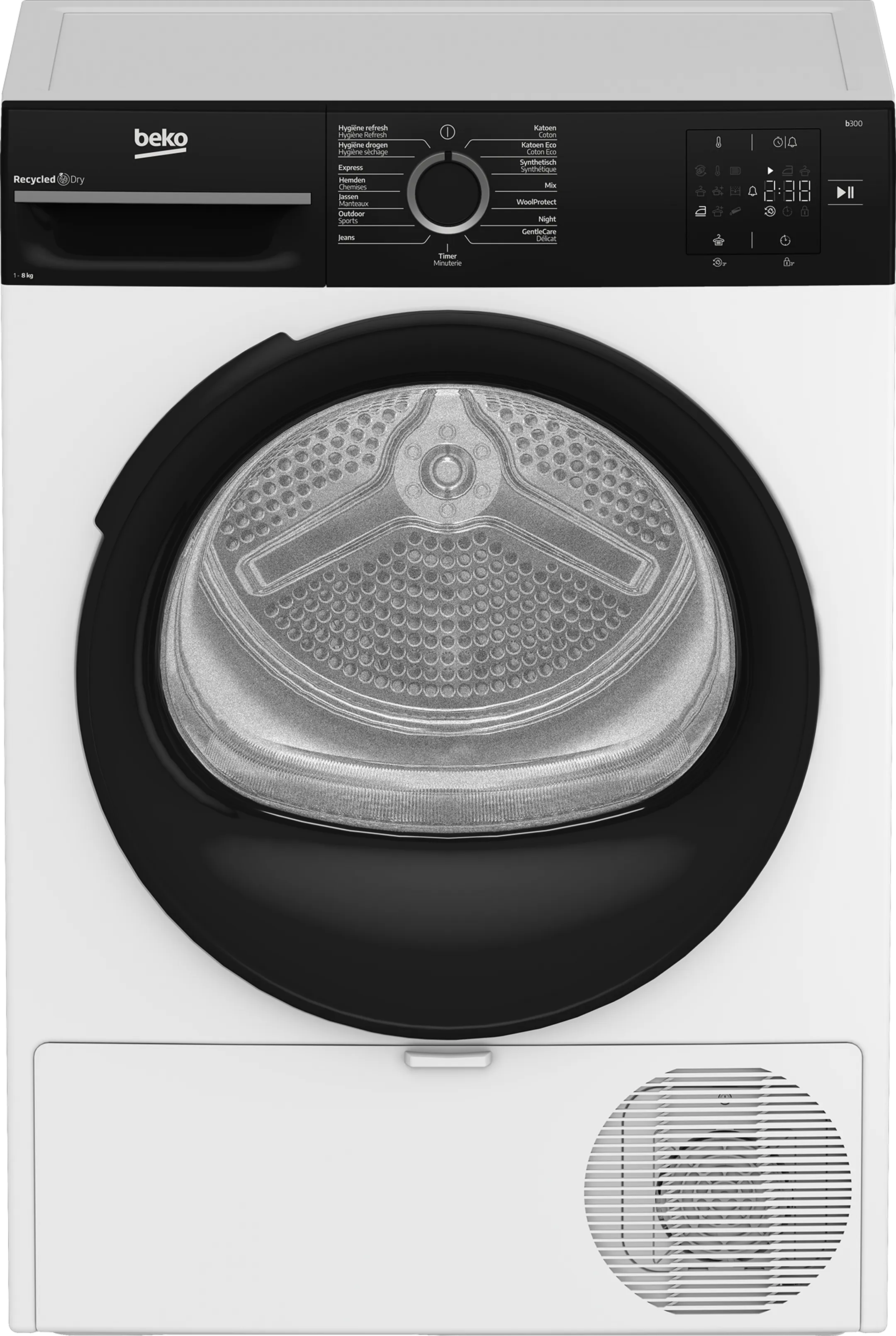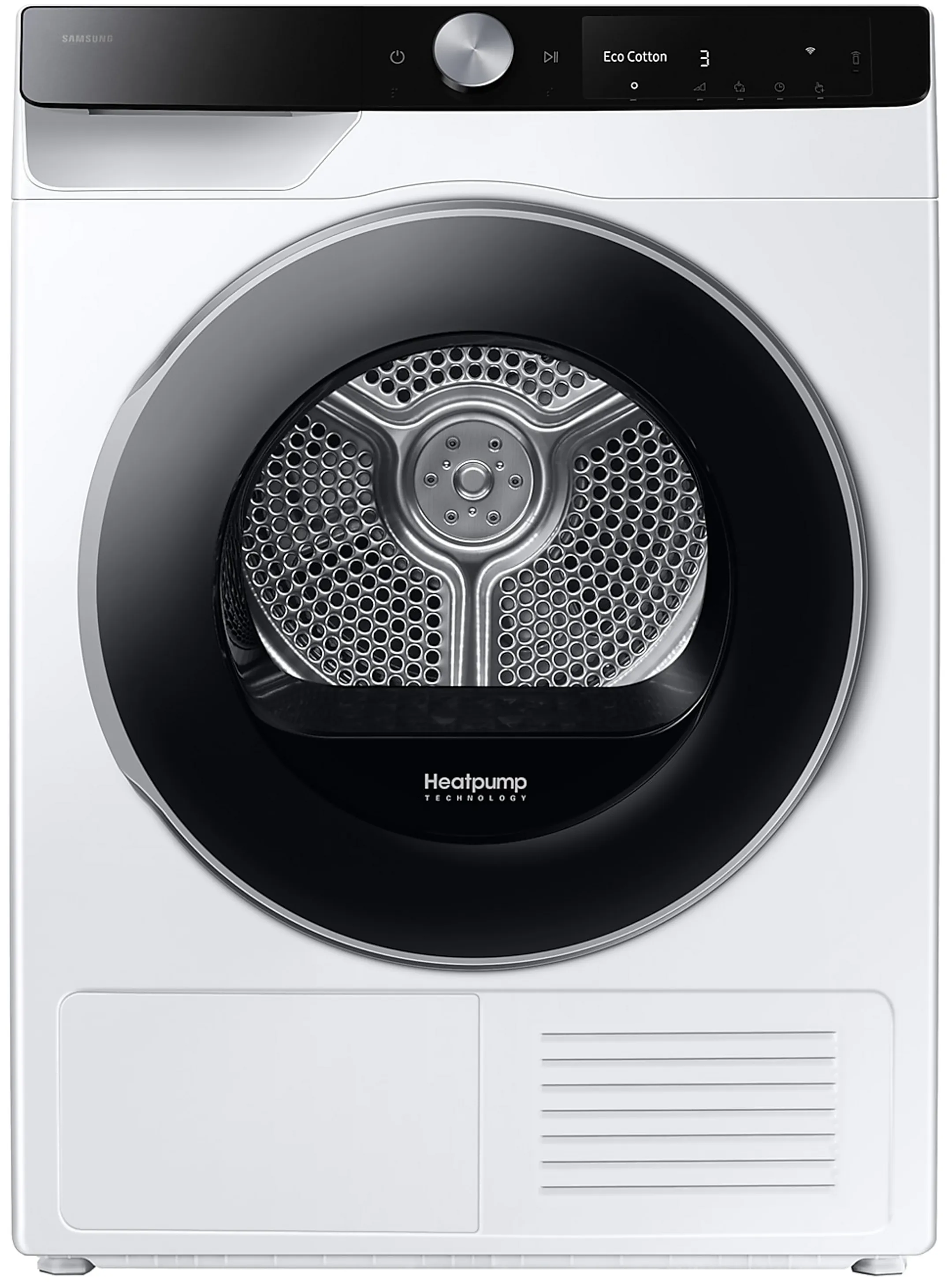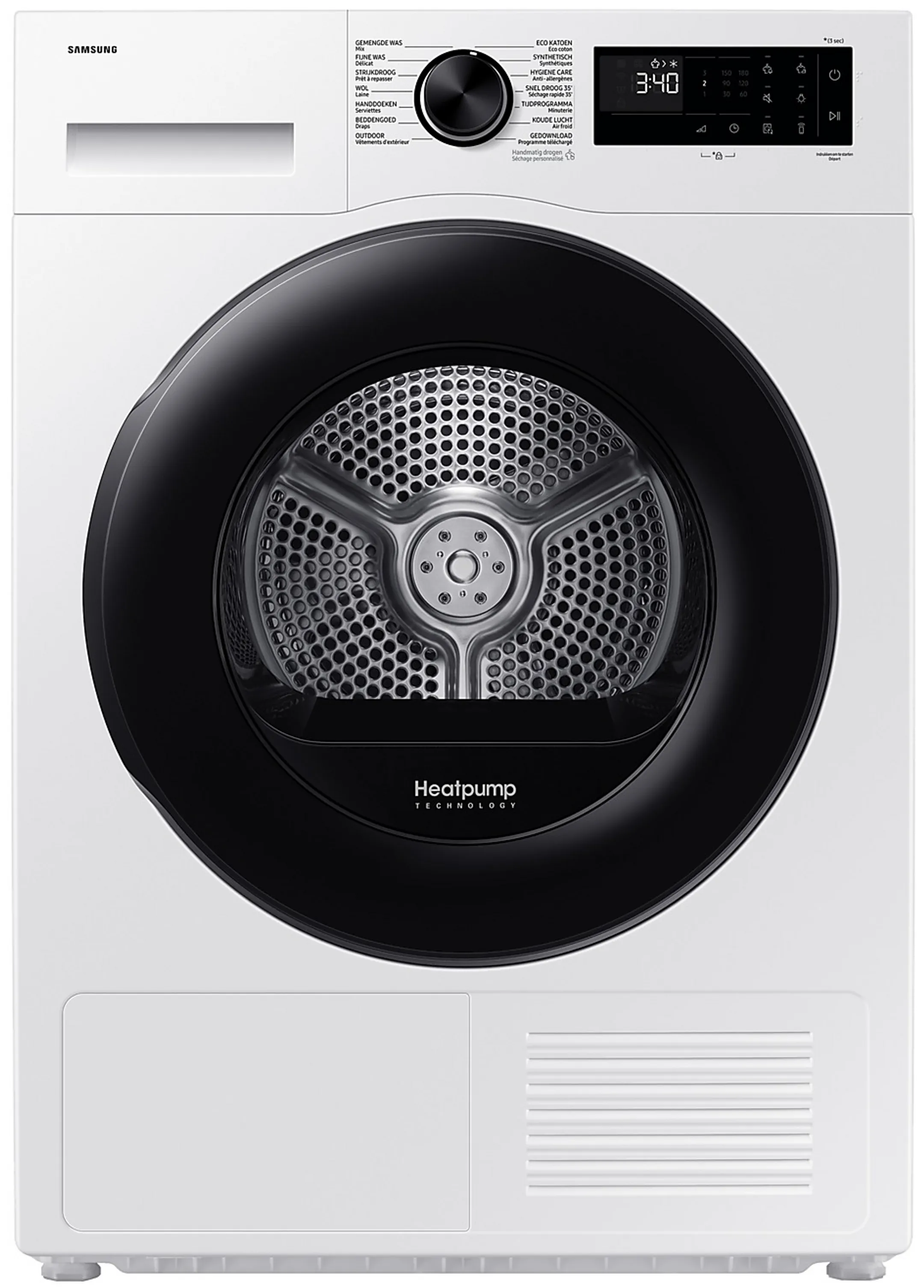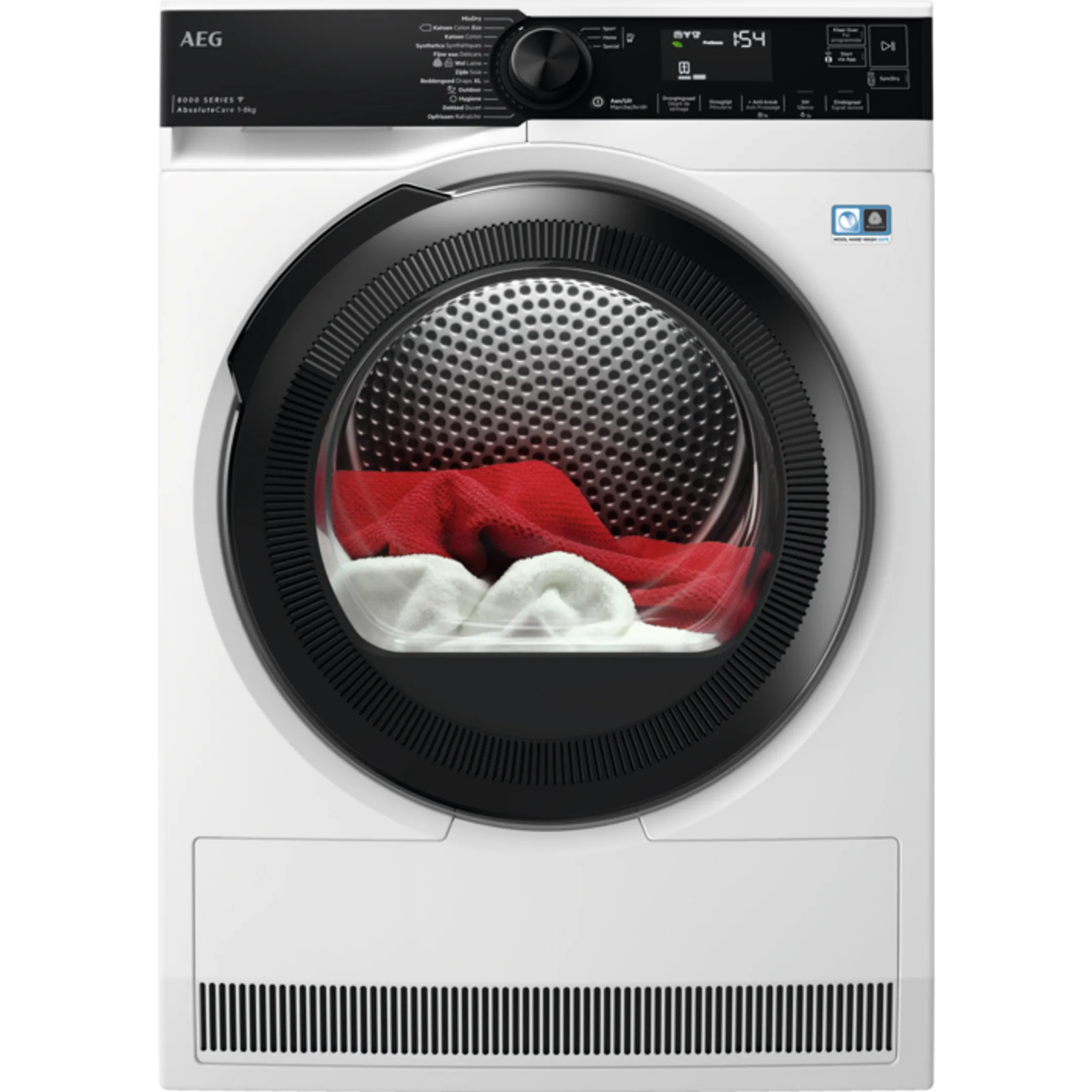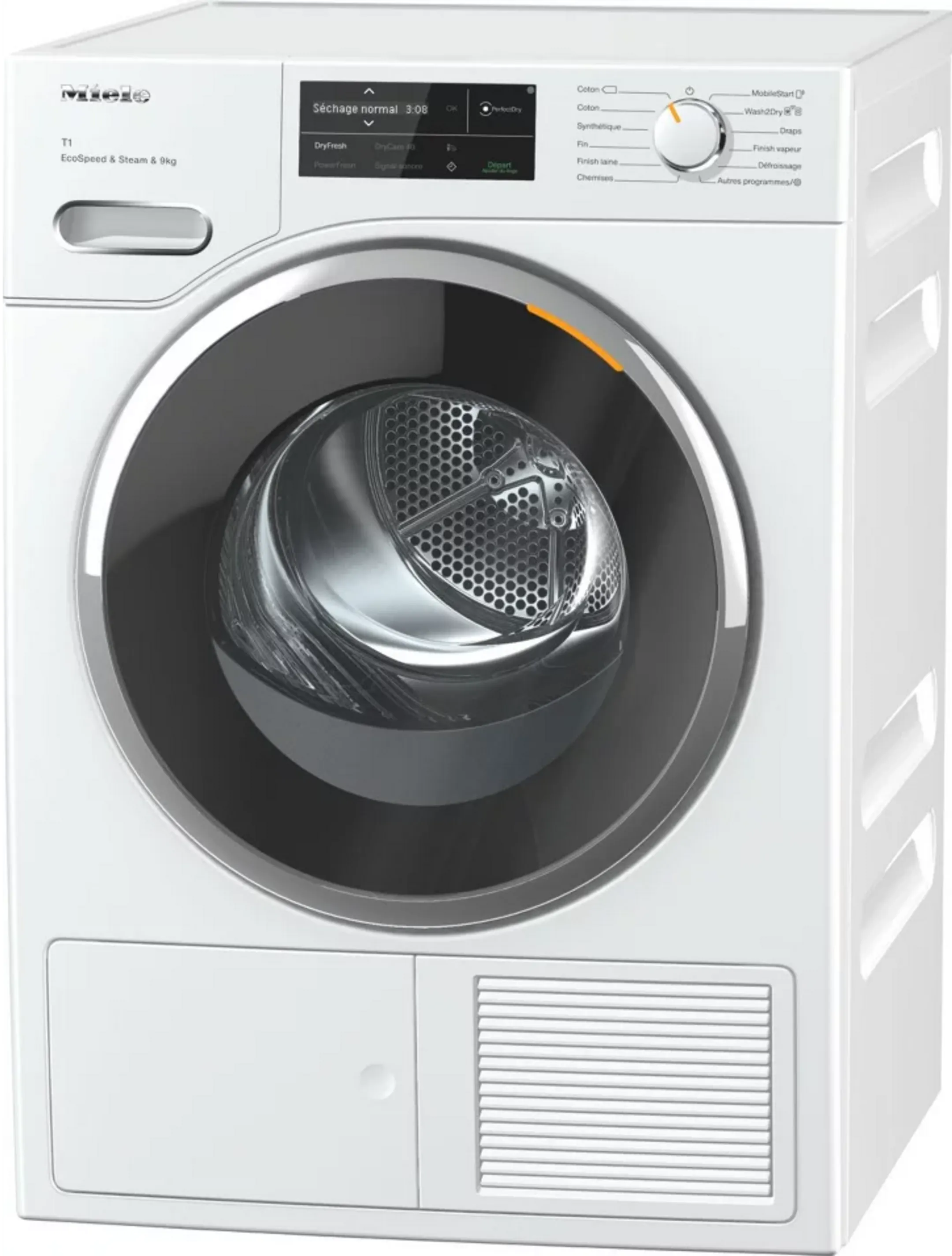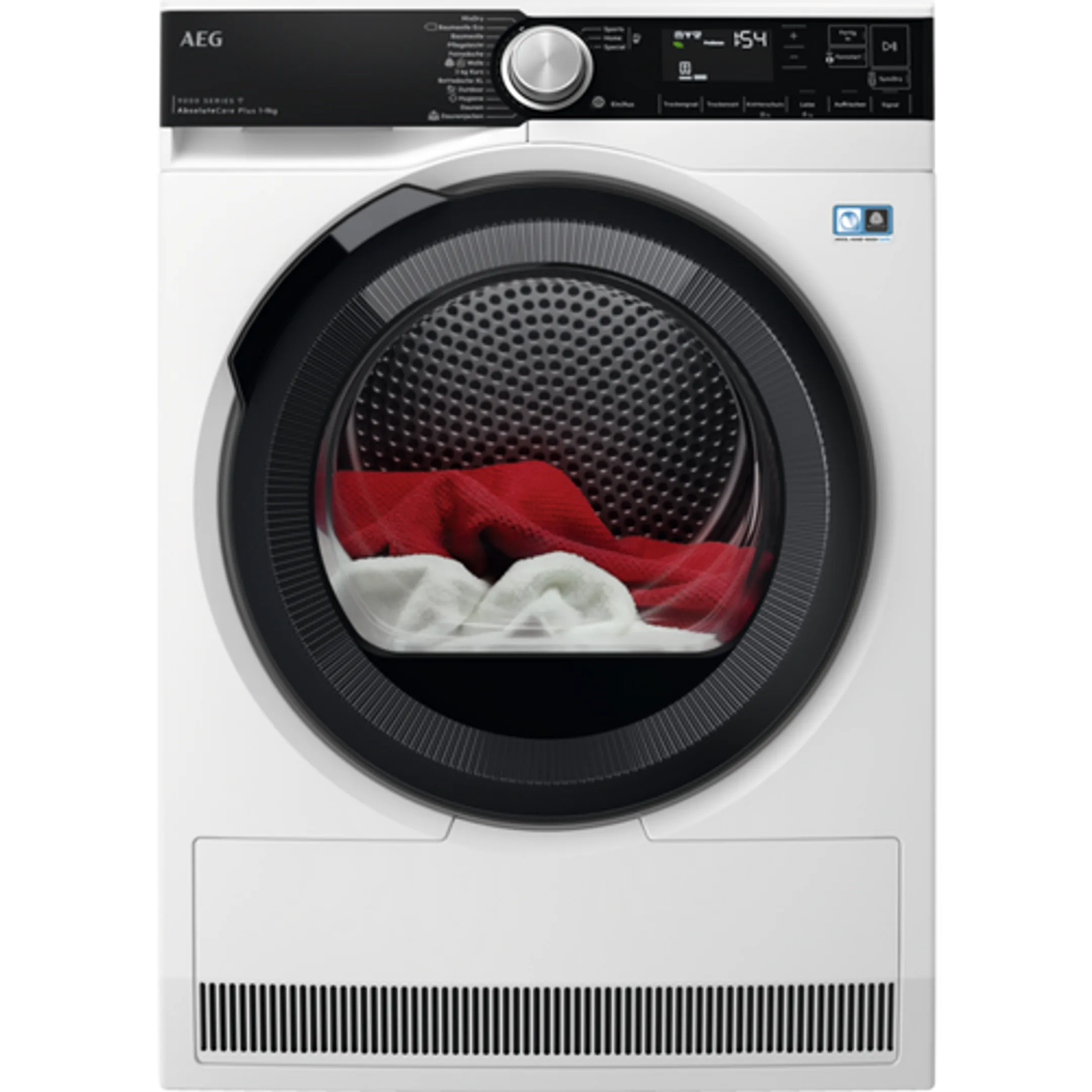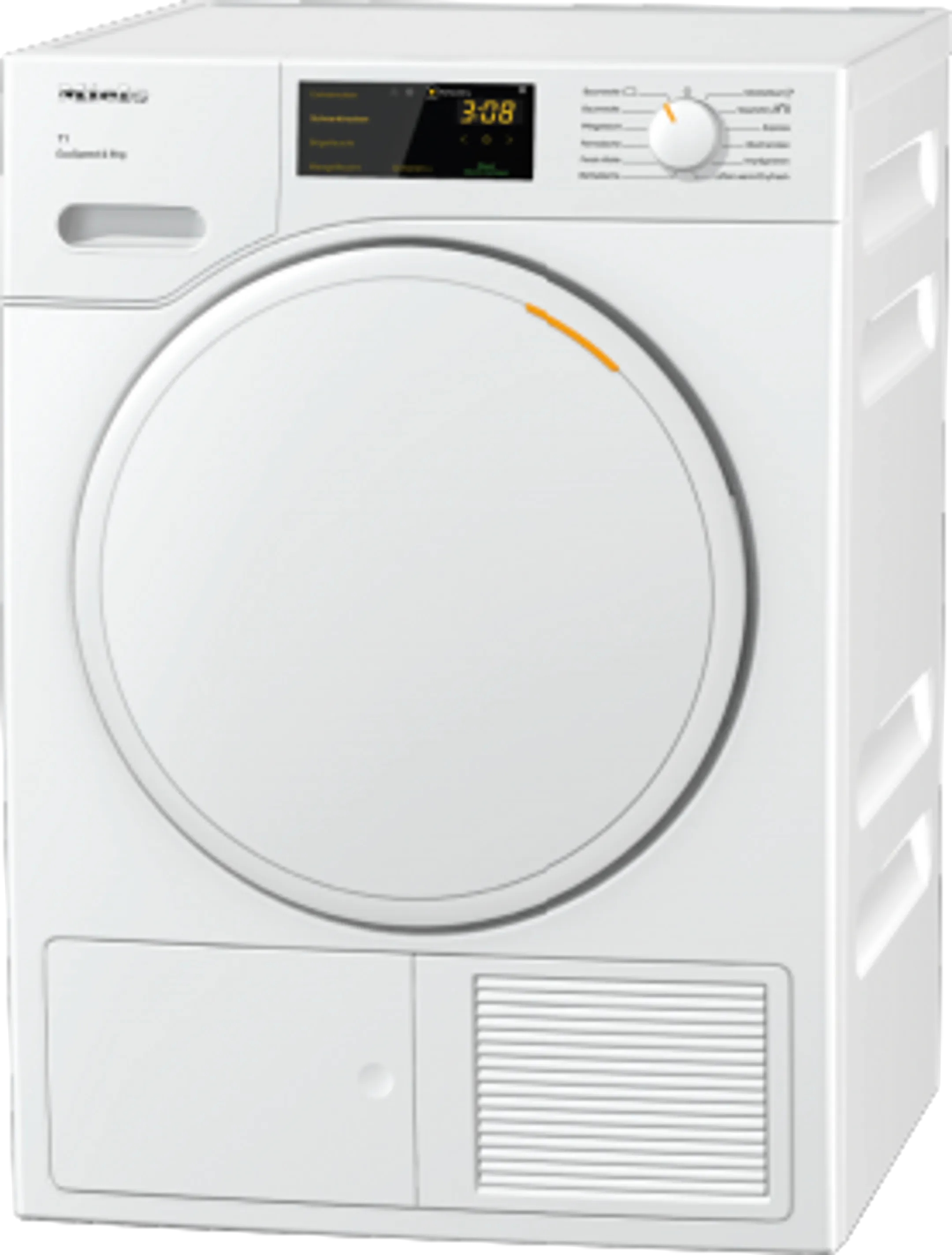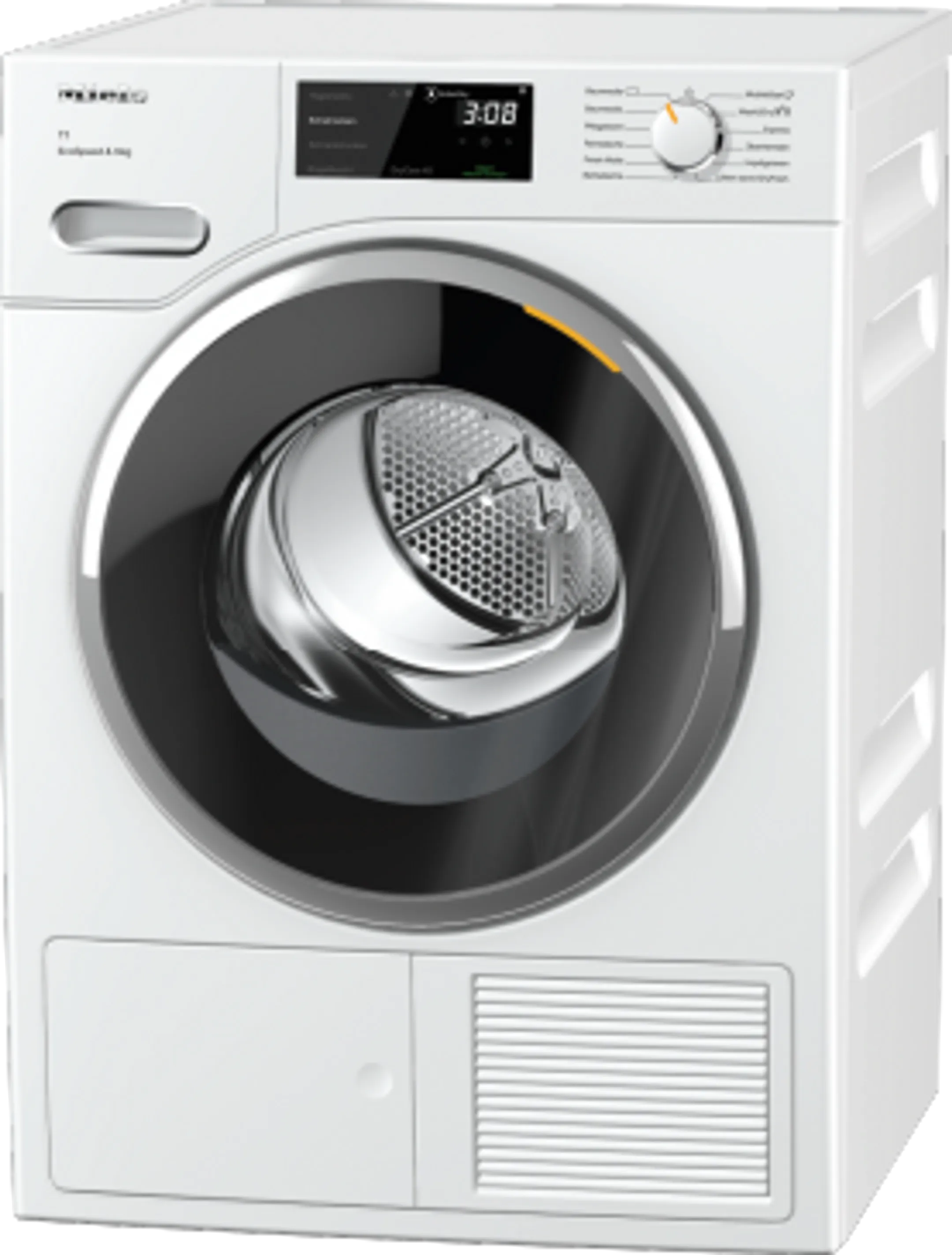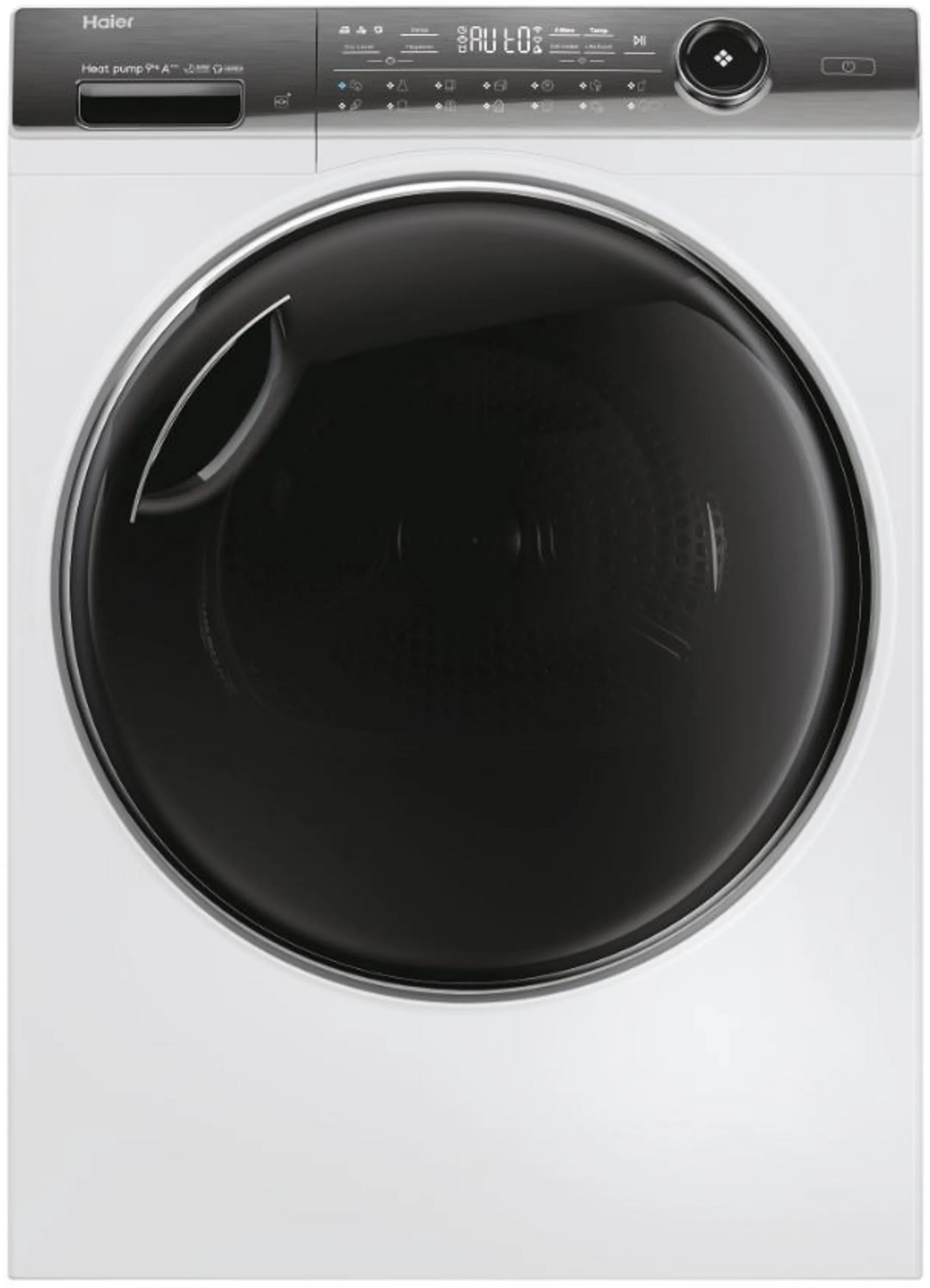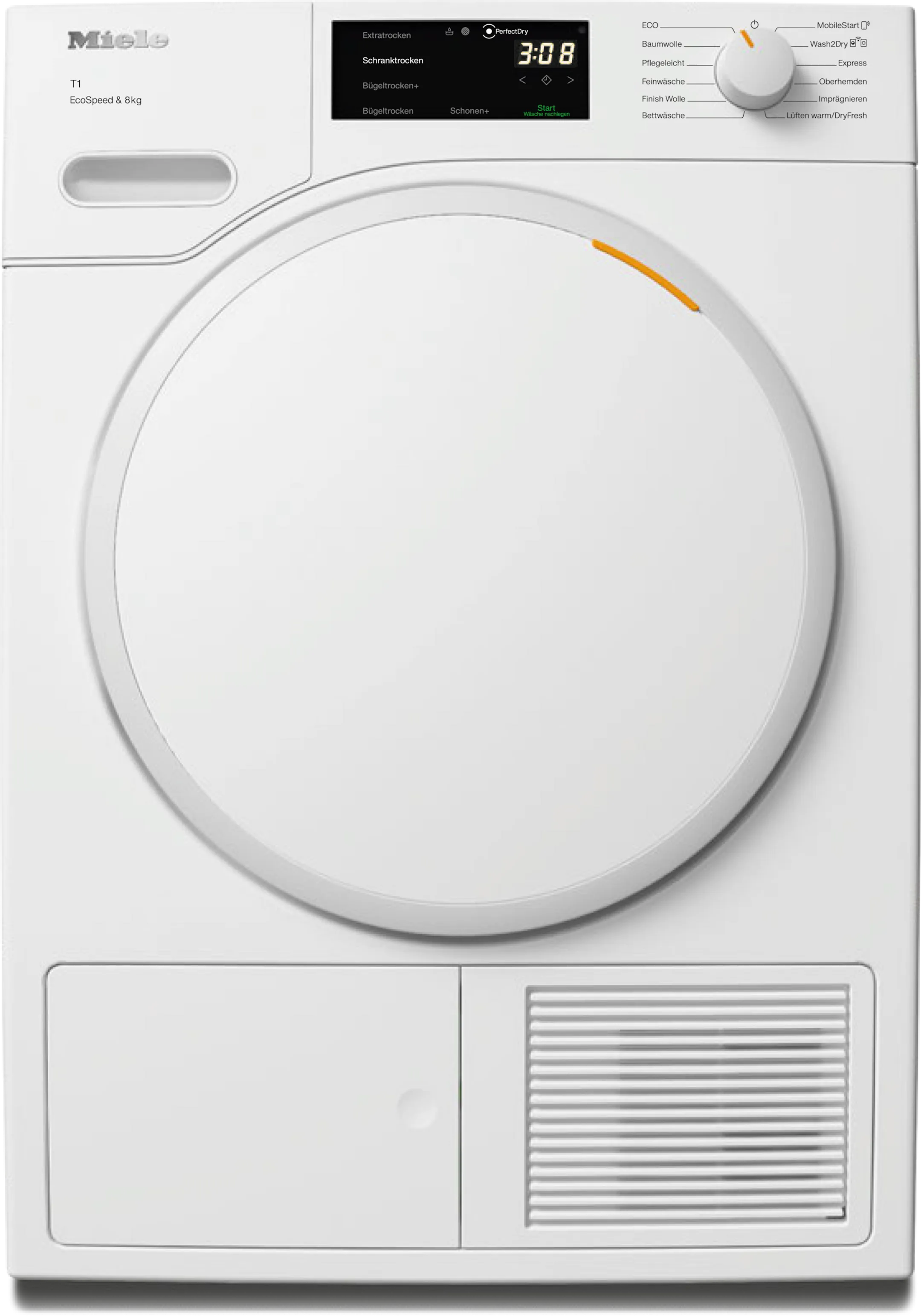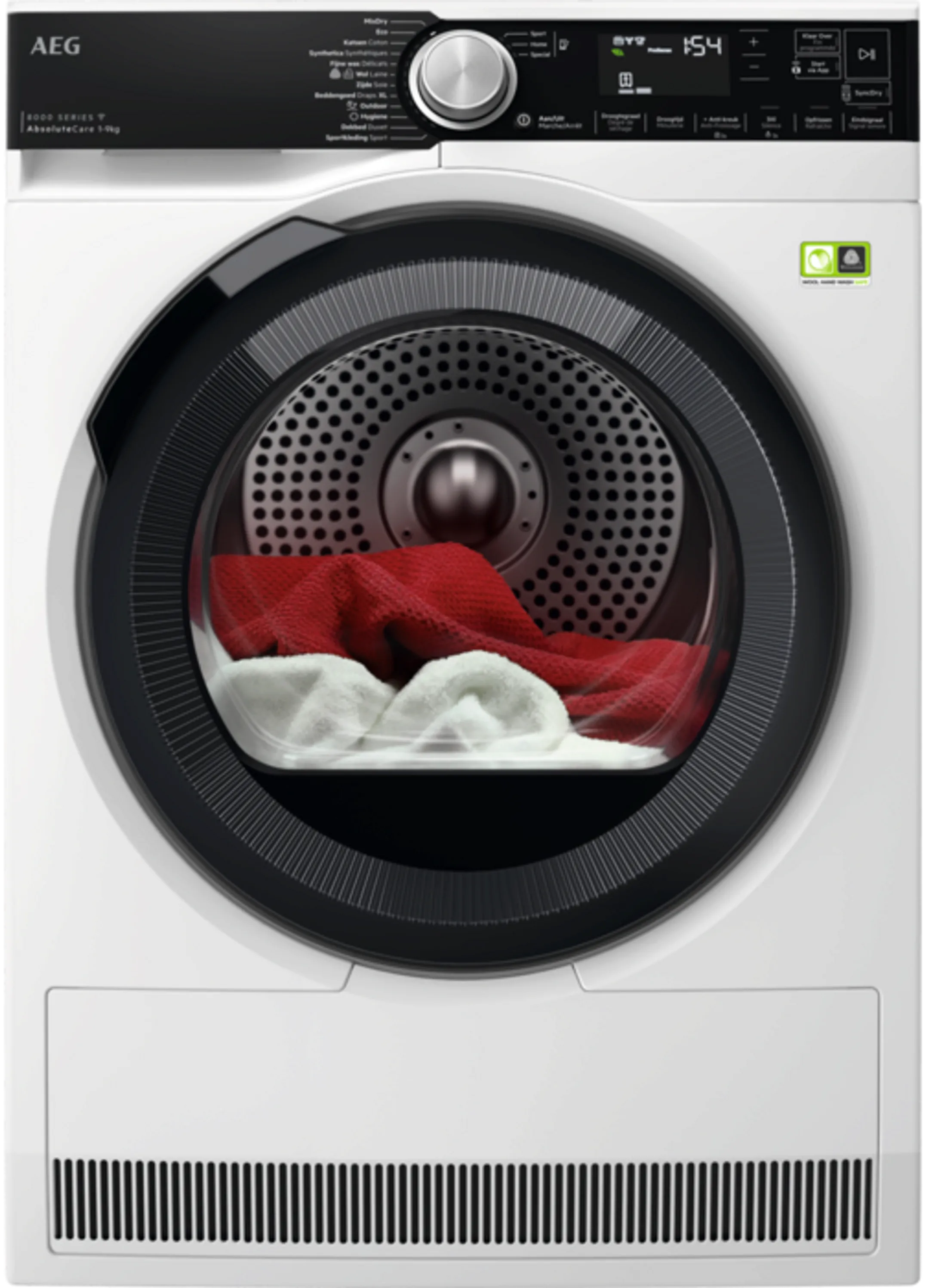How to choose your new tumble dryer?
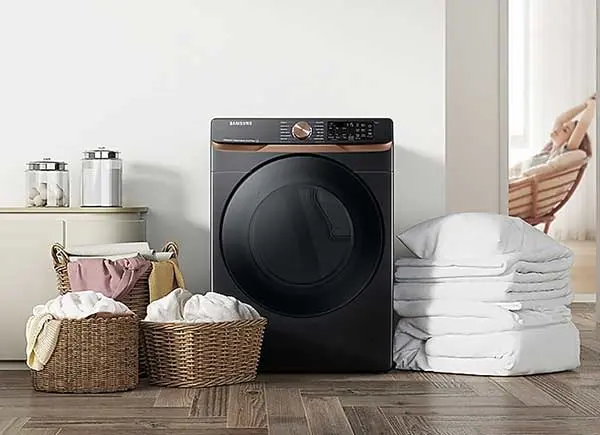

Dryer types
There are three main types of tumble dryer: evacuated tumble dryers, condensing tumble dryers and heat pump tumble dryers.
Evacuated dryers: These dryers evacuate humid air outside the house through an exhaust hose. They are generally less expensive to buy, but require installation near a window or exhaust outlet, which may limit their placement in a home.
Condensation dryers: Condensation dryers don't need an external exhaust pipe. They condense the moisture in the air extracted from the laundry into water, which is then collected in a built-in reservoir or drained directly to the outside. These models offer greater placement flexibility, but can be a little more expensive to buy than vented dryers.
Heat pump dryers: Heat pump dryers are a more energy-efficient version. They use heat pump technology to heat the air, enabling clothes to be dried at lower temperatures. This makes them more energy-efficient, but they can have a higher initial cost. In the long term, however, they can contribute to significant energy savings.
What's the difference between heat pump and condensation dryers?
The main difference lies in the way these two types of dryer handle humid air. Condensation dryers condense moisture into water, which is either collected in a reservoir or vented to the outside. Heat pump dryers, on the other hand, use a heat pump to heat the air and then condense the moisture. This makes them more energy-efficient, as they don't use electrical resistance to heat the air.
What's the difference between condensation and evacuation tumble dryers?
The main distinction lies in the need for an external exhaust pipe. Condensing dryers don't need one, as they condense moisture into water, whereas exhaust dryers expel humid air to the outside via a hose. Condensing dryers therefore offer greater flexibility in terms of location, while exhaust dryers can be more restrictive in terms of installation.

Key points for choosing the right dryer
1. Drum capacity
When looking for a tumble dryer, drum capacity is a crucial element to consider. Opt for a capacity that matches your family's needs, focusing on models offering sufficient capacity to efficiently handle your daily laundry loads. This will guarantee fast, efficient drying, avoiding overloading the dryer and thus optimizing its performance. Here are the factors to consider when choosing drum capacity:
Choose the capacity according to your family size:
more than 6 people: XXL tumble dryer
Household size: Drum capacity should be adapted to the size of your household. For a single person, a dryer with a capacity of 6 kg may be adequate, while a large family may require a larger capacity of 9 kg or more. Opting for a capacity that matches your family size ensures optimum use of the dryer without overloading or under-utilization.
Frequency of use: Consider how often you use the dryer. If you use the dryer daily or frequently, a higher capacity may be advantageous to handle larger loads. This reduces the number of cycles needed to dry all your laundry, which can be particularly useful in situations where time is a critical factor.
Types of clothing: Think about the types of garments you plan to dry frequently. Bulky items such as comforters or sheets require a higher capacity than lightweight garments. By choosing a capacity to suit the bulkier items you usually dry, you avoid having to split loads.
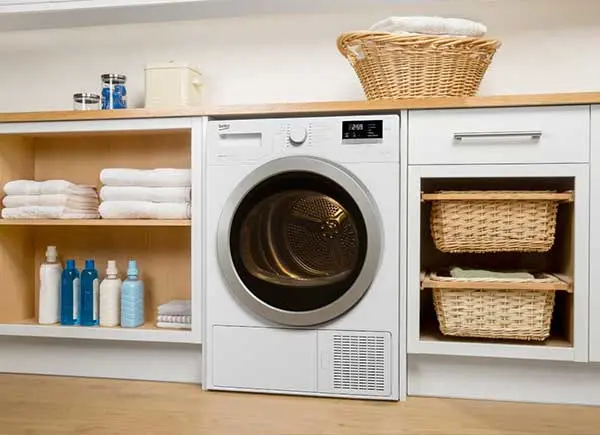
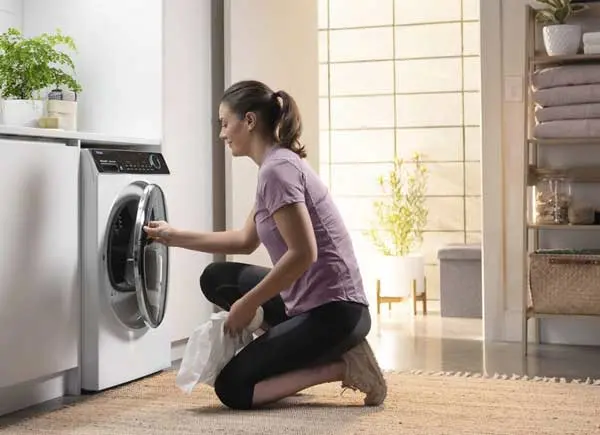
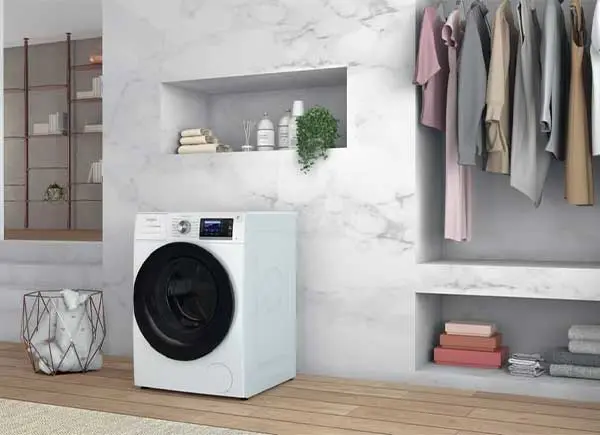
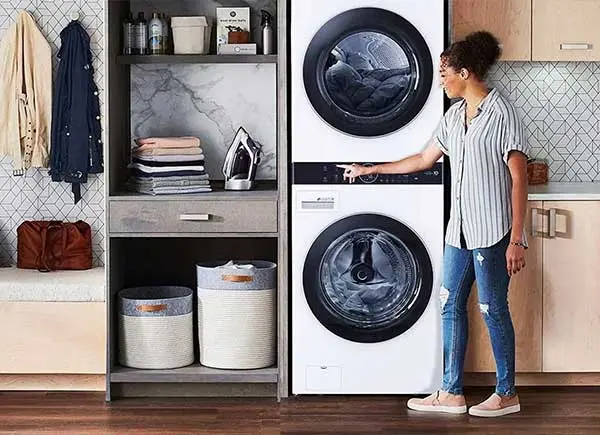
All our dryers
Updated on December 8, 2025



